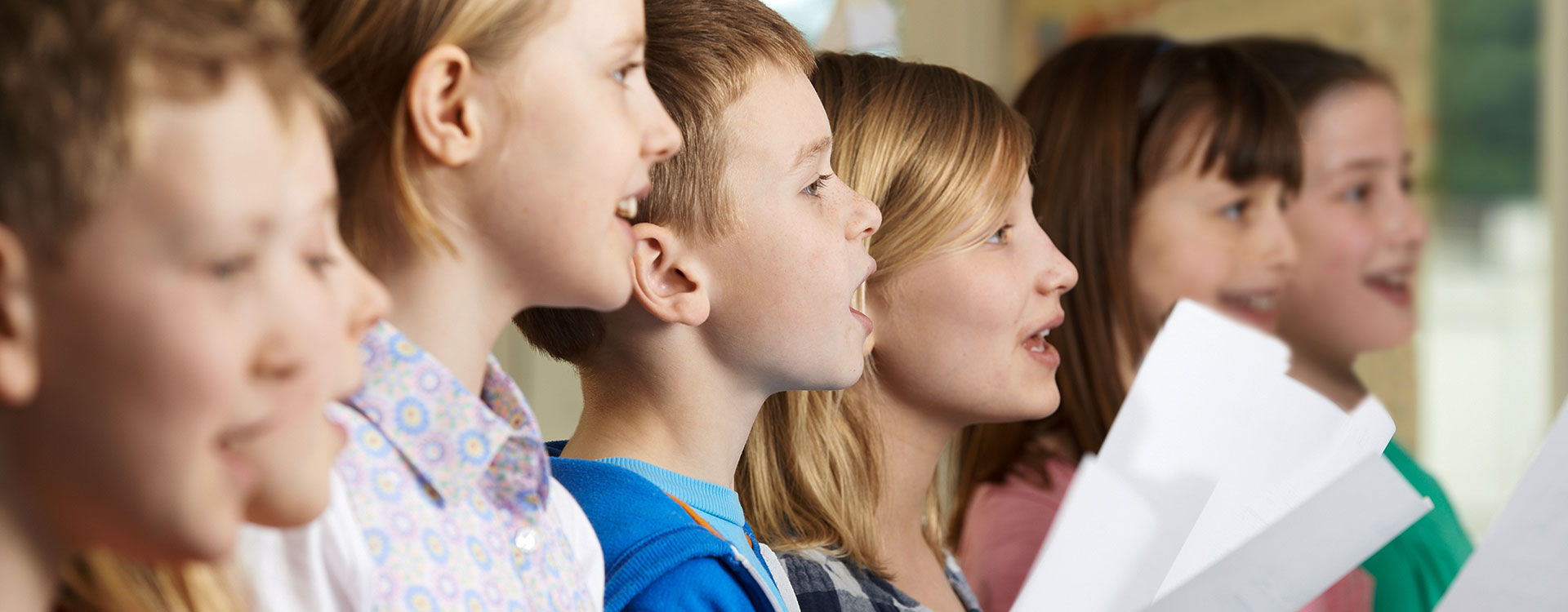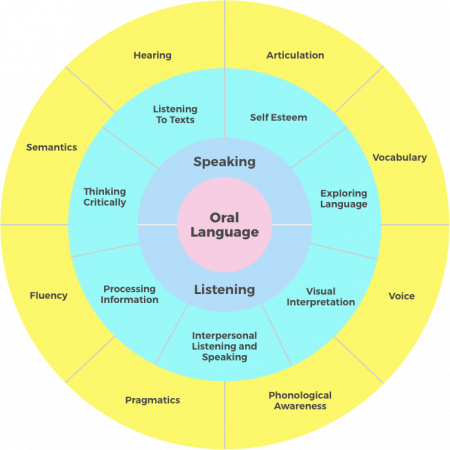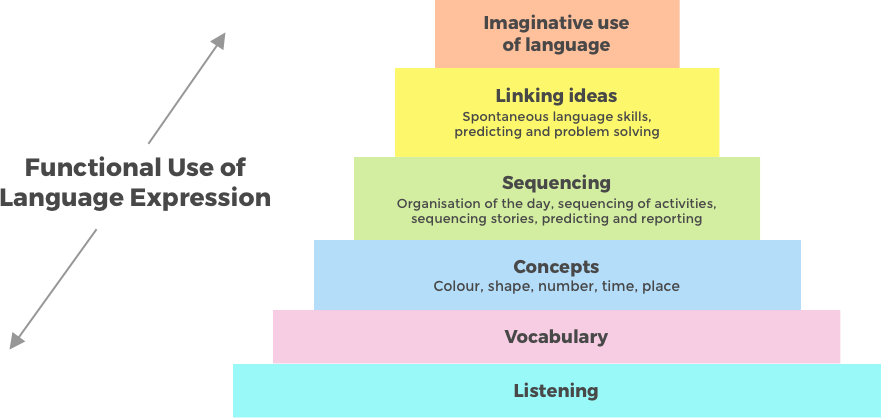SPEECH
If we use the word articulation, we mean the clarity of a child’s speech and their ability to produce sounds correctly. There is a link between speech sound production and literacy development in school aged children, as children who have difficulty articulating sounds correctly are at a higher risk of having coexisting problems with their literacy development.
Fluency (Stuttering)

Almost all children go through a stage of frequent disfluency in early speech development, usually between the ages of 2 and 5. Speech may still be produced easily in spite of the disfluency. As children mature and sharpen their communication skills, these disfluencies typically disappear, but not always. Stuttering usually starts during this same time period, but may occasionally appear for the first time in a school-age child.
Characteristics

- Repetitions of sounds (e.g., b-b-b-ball), syllables (e.g., mo-mo-mommy), parts (e.g., basket-basket-basketball), whole words
- Prolongation of sounds or syllables (e.g., r—–abbit)
- Tense pauses, hesitations, and/or no sound between words.
- Speech that occurs in spurts, as the client tries to initiate or maintain voice.
We have experience with stuttering in both younger children and older children. We use the lidcombe program for younger children and has been very successful! It can be a frustrating and difficult journey but we work closely with parents and caregivers to make speaking a success!
Voice

Voice strain and nodules are caused by stress to the larynx, within which are the delicate vocal cords. This stress is generally referred to as “vocal abuse”. These can result in different signs. Dysphonia, which is a hoarse, breathy or rough voice; or a voice with excessive ‘glottal fry’ (which is not normal in young voices). An effortful or strained voice, in which the person sounds as though producing voice requires special effort.
What we are most commonly known for;
helping with the production of speech sounds and overall speech clarity.

LANGUAGE
Good communication skills lead to success in Reading, Listening, Writing, Speaking and Learning. We are in the business of words! Vocabulary is an essential element to be able to communicate, understand and be involved in the world around us. When we talk about language we want to know:
• how many words the child has and understands
• depth and breadth of vocabulary bank
• how words are said and used in sentences
• how we use words to express ourselves
Core Language

Use of Language (Expressive Language)
Using language means, how we arrange words to make sentences, word meanings and putting them together in the correct word structure related to grammar.
Understanding (Comprehension)
We use comprehension to apply skills in listening comprehension, reading and reading comprehension as well as use high-order language such as figurative language and inferencing.

Building Language

Vocabulary: is the language code that allows us to understand and talk about things around us. The foundation of functional language skills.
Concepts: Show developed understanding of vocabulary e.g. “big ball”, “blue car”
Concepts require abstract thought as you can’t hold a “big” or “blue”.
Sequencing: To be able to sequence a child needs to understand and use the concepts of first, next, last. These are first learnt in concrete situations ie blocks or bead patterns, , AND familiar routines such as classroom instruction.
Linking Ideas: Develops once sequencing skills are established
Needed for narrative/storytelling and writing stories

Social Language

We are also concerned with children’s pragmatic skills. Pragmatics are the social skills, social rules that we inadvertently learn, however some children need explicit teaching and goals in this area. We all know some people who have varying degrees of skills in this area! Adults included. Some children, have recognised difficulties such as presenting with autism spectrum disorder, or attention deficits with poor social monitoring. Other children may have difficulties, e.g. stutter, which can have a secondary impact on social skills/pragmatics.
Auditory Memory

Memory also impacts a person’s ability to perform almost any activity.
There are different kinds of memory, including long-term memory, short-term memory, working memory, auditory memory, and visual memory. Auditory memory is the ability to take in information that is presented orally (out loud), process it, retain it in one’s mind, and then recall it. Auditory memory requires working memory.
- developing memory and concept for a single word
- showing understanding of learn-to-listen sounds
- responding appropriately to common expressions
- following simple directions
- answering common questions
- completing a known linguistic message using auditory closure
- sequencing two, three and four critical elements in a message
